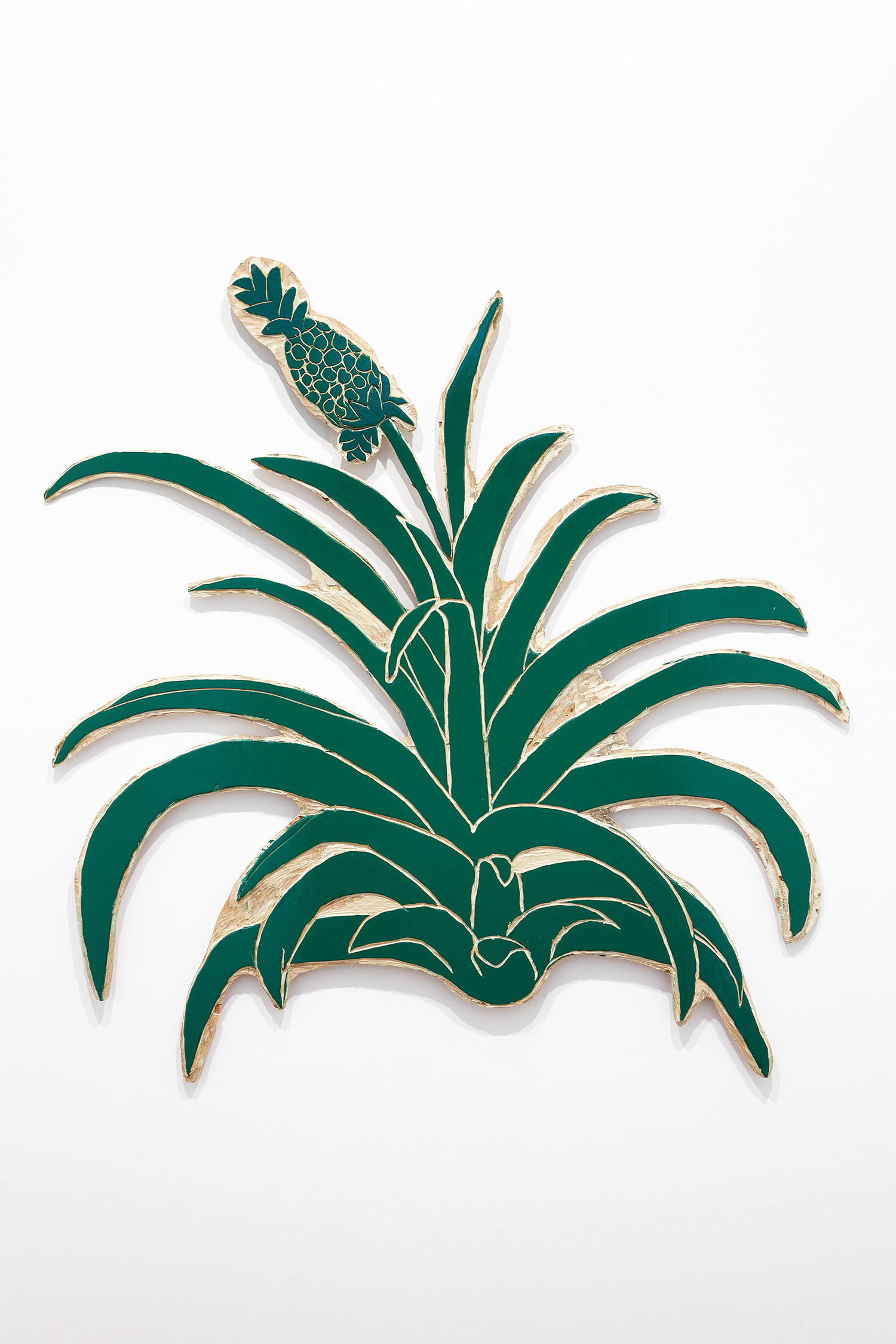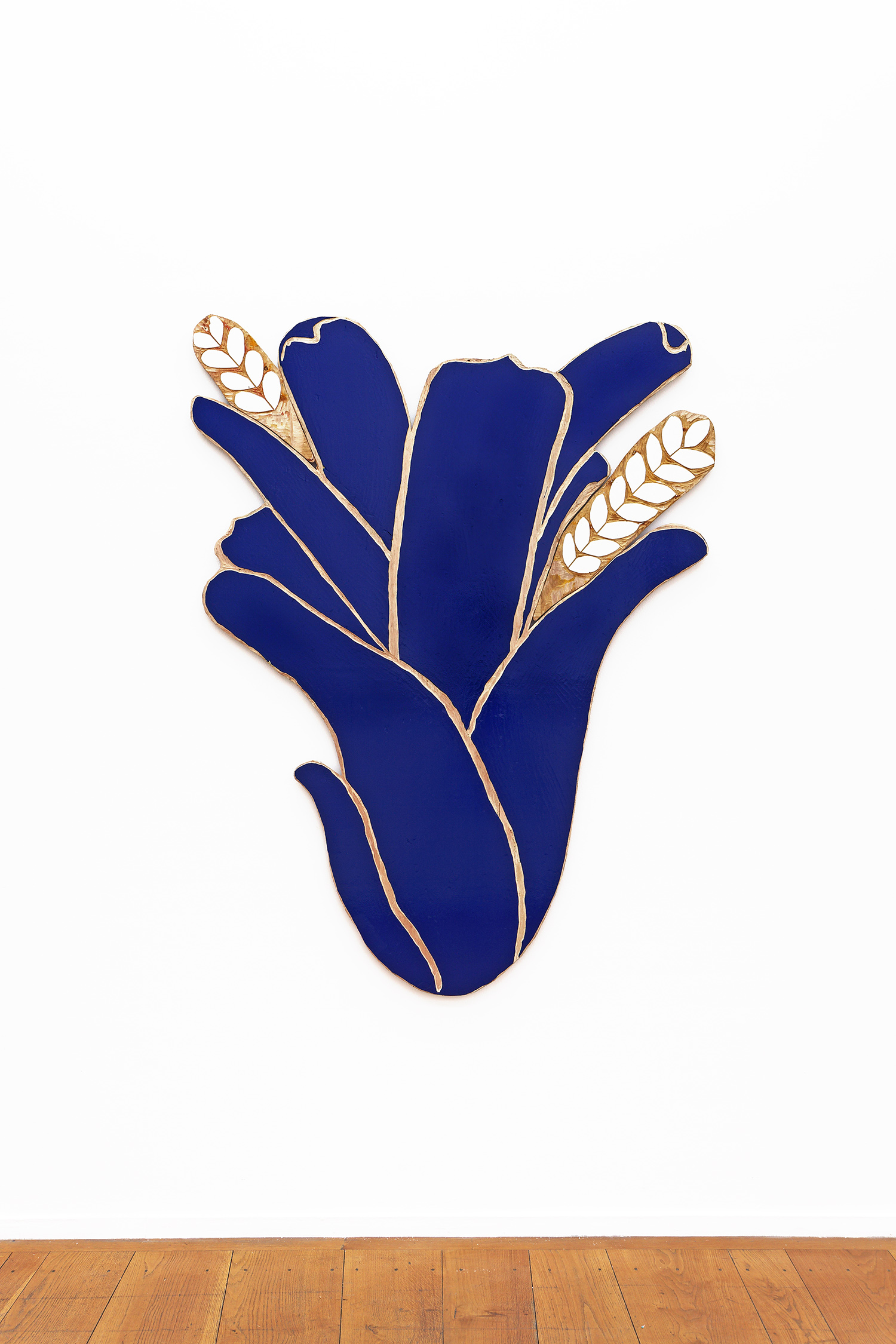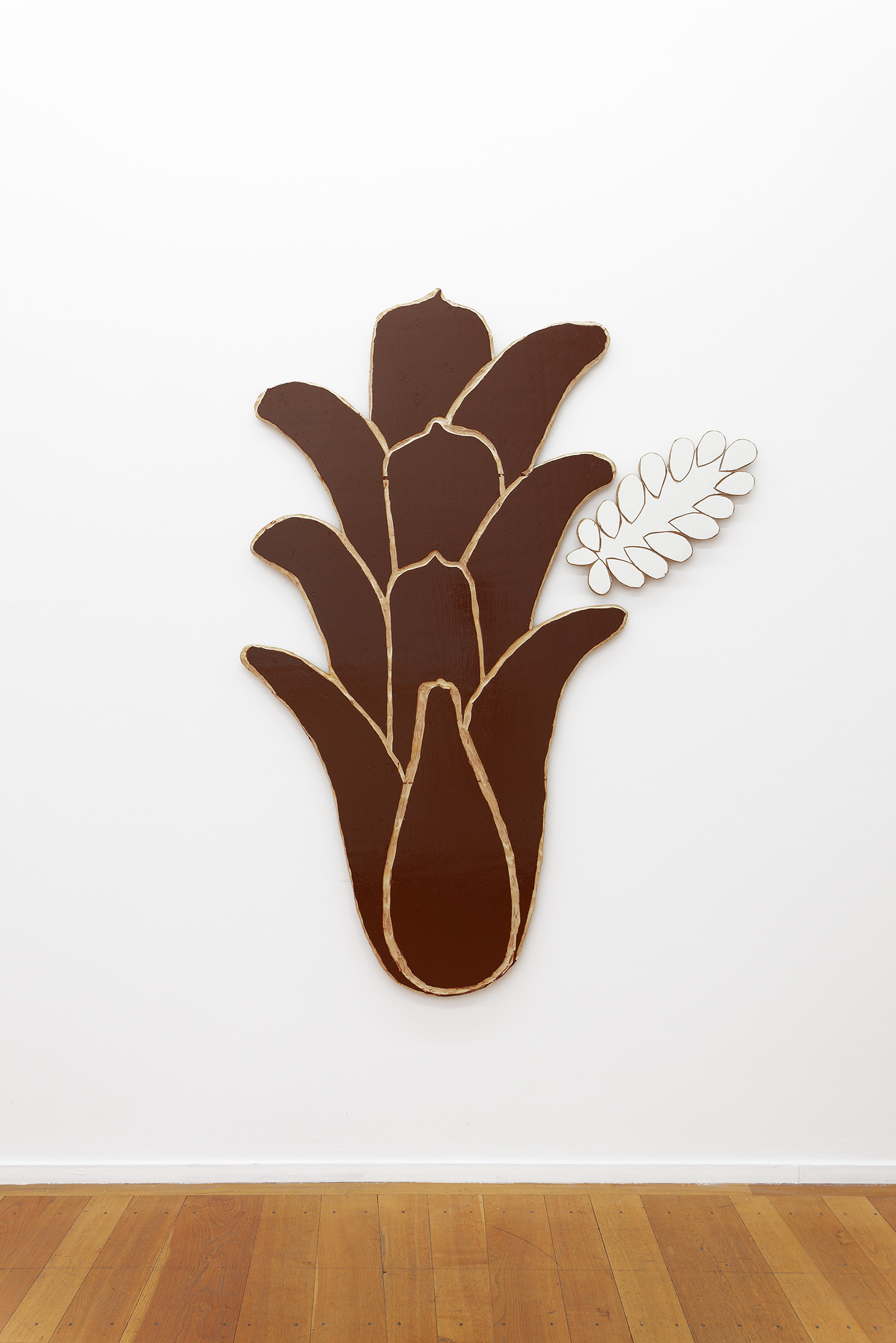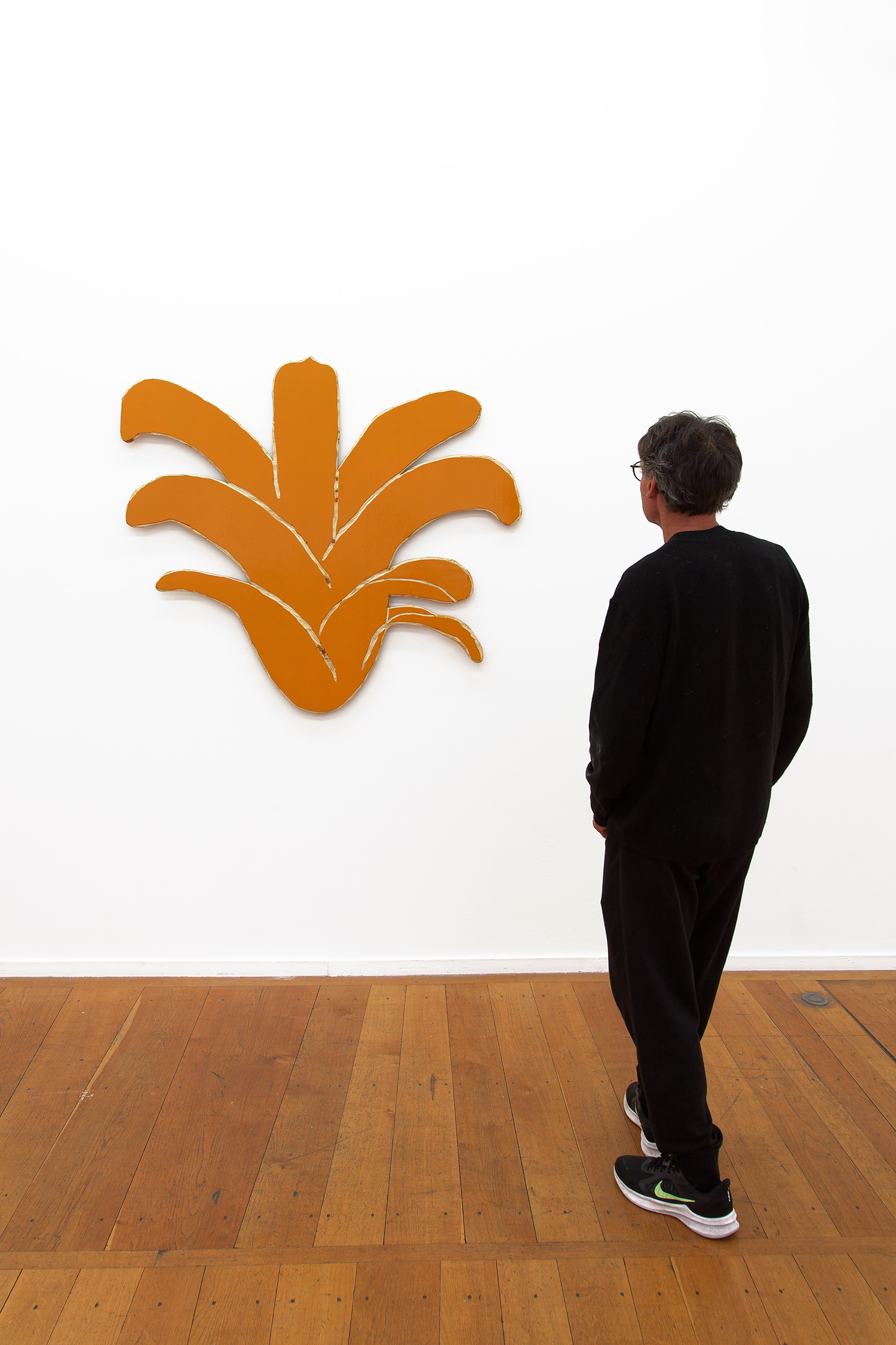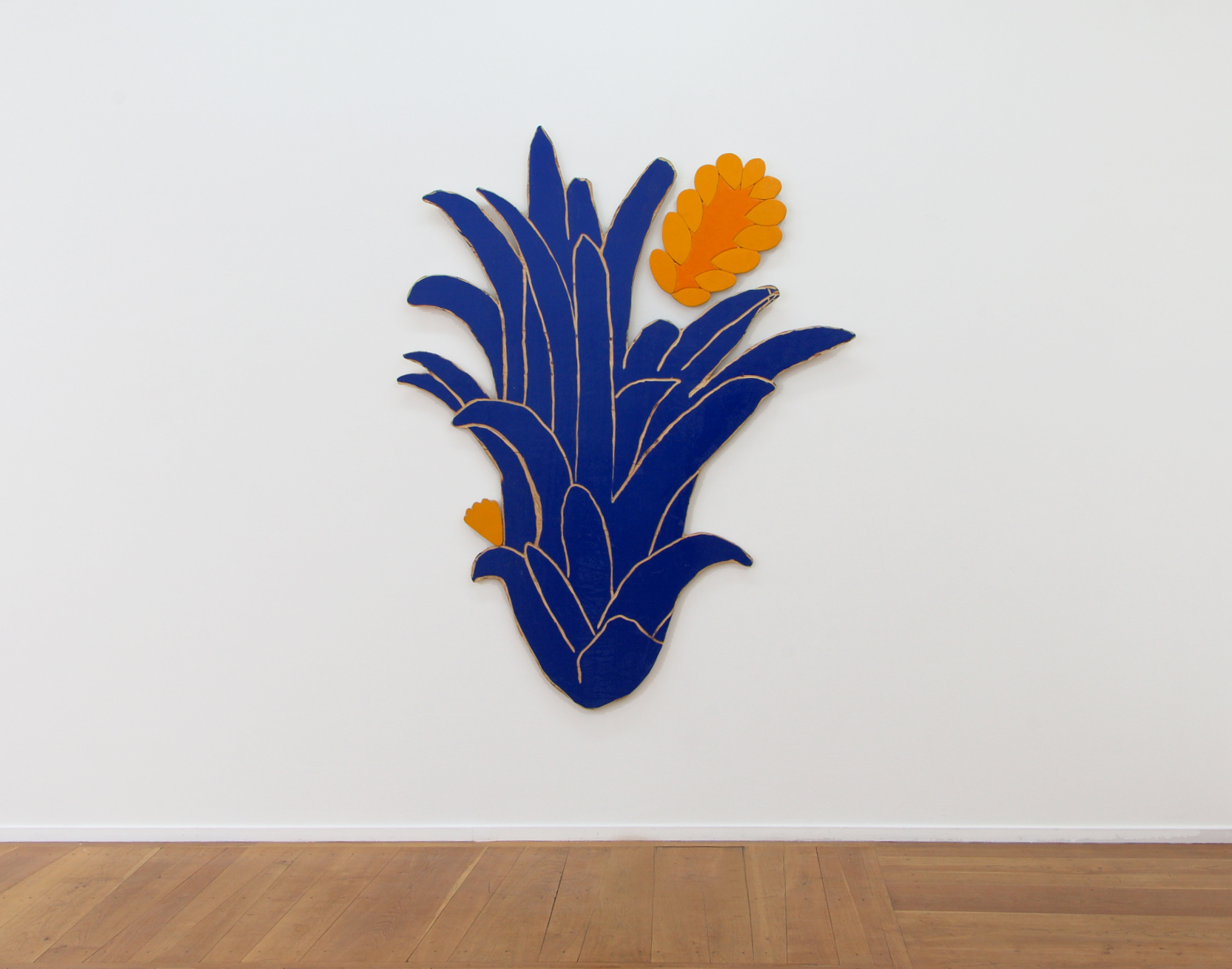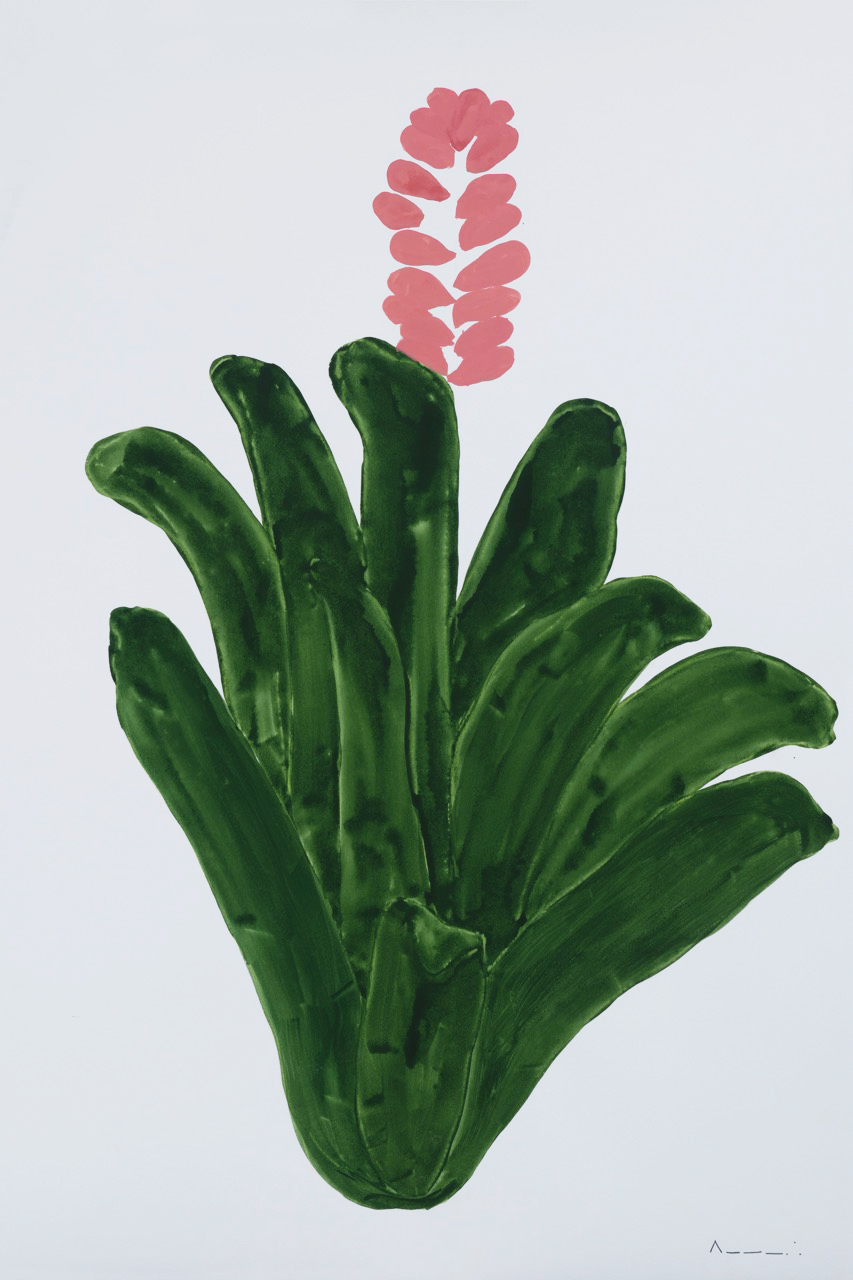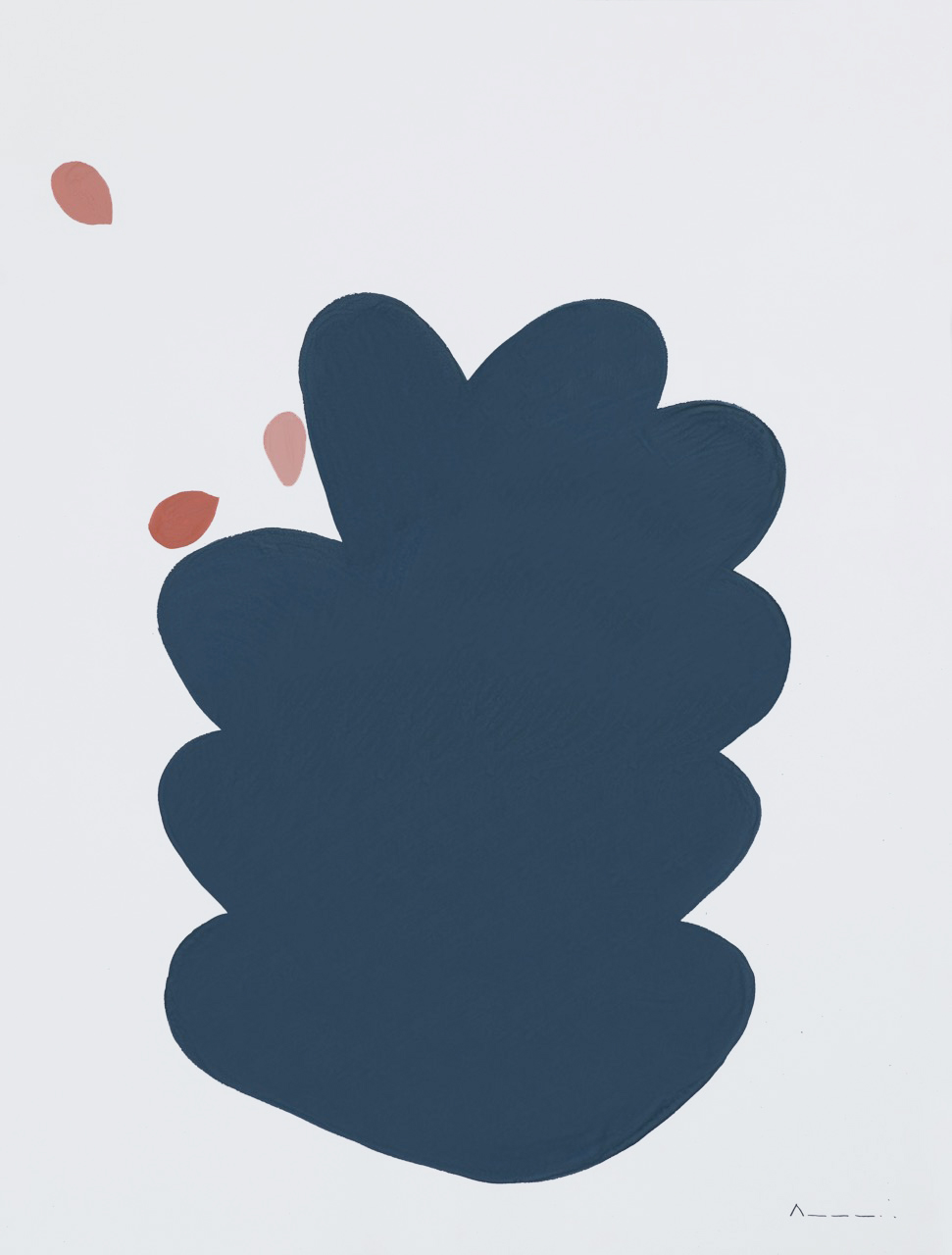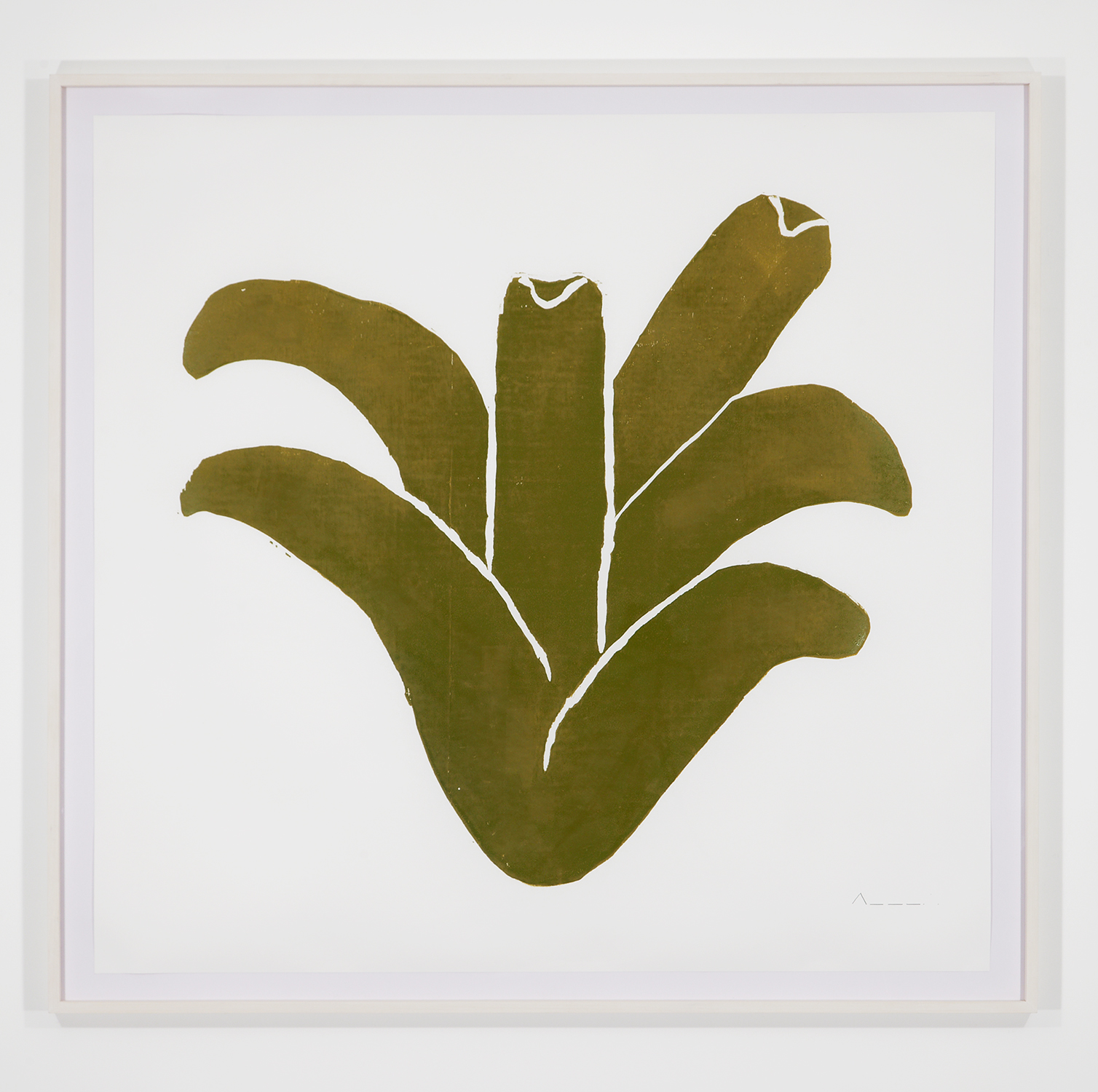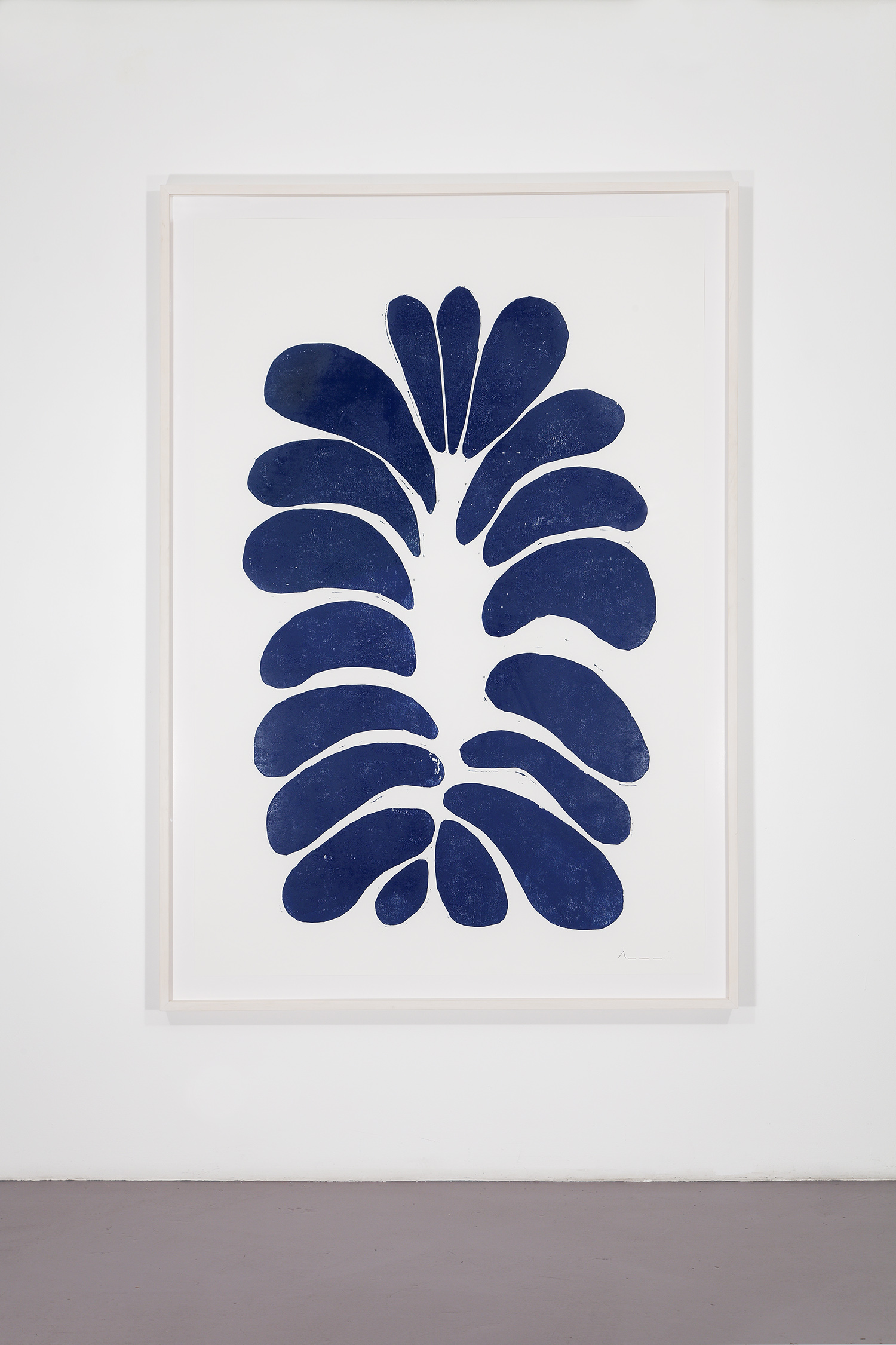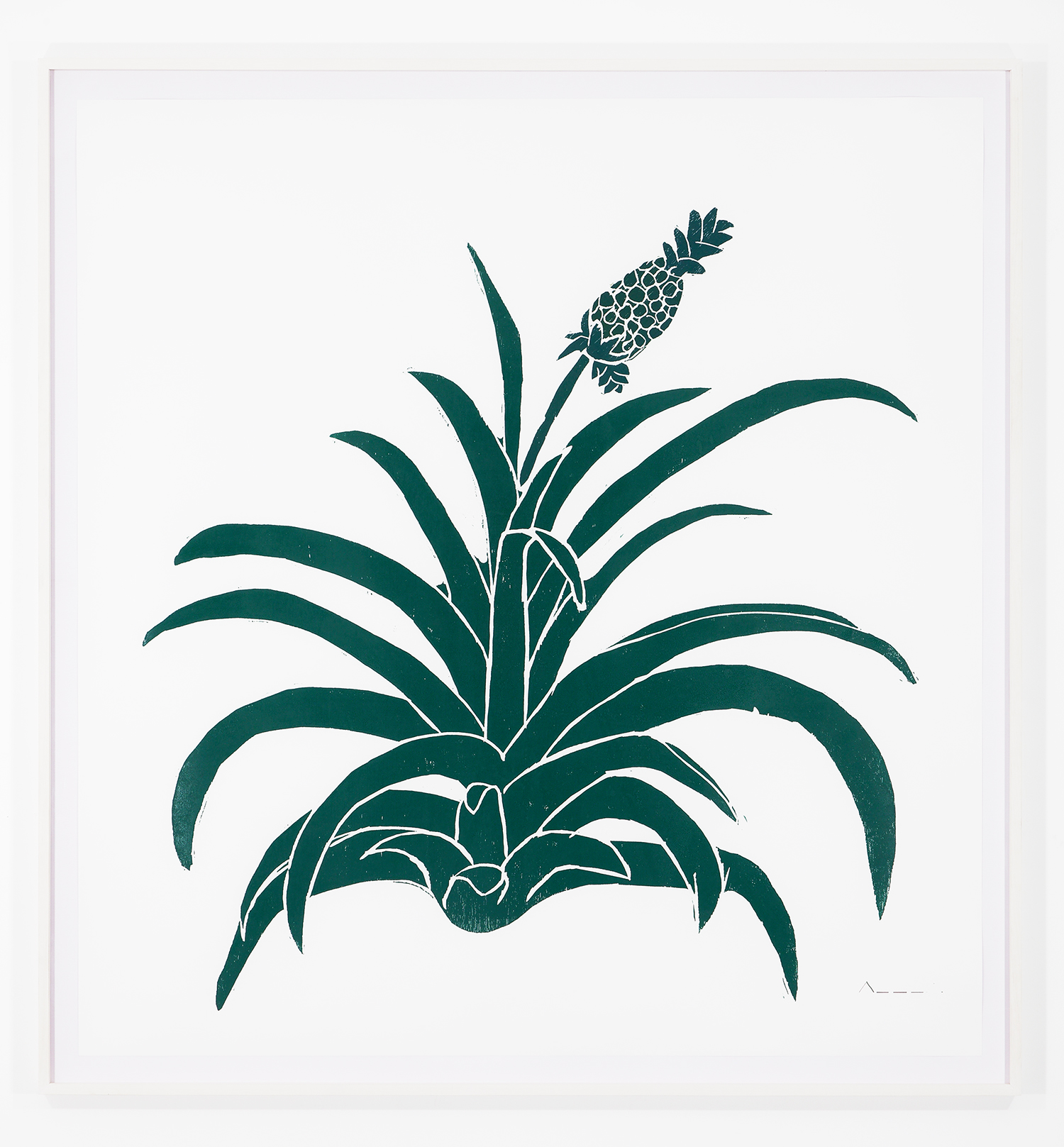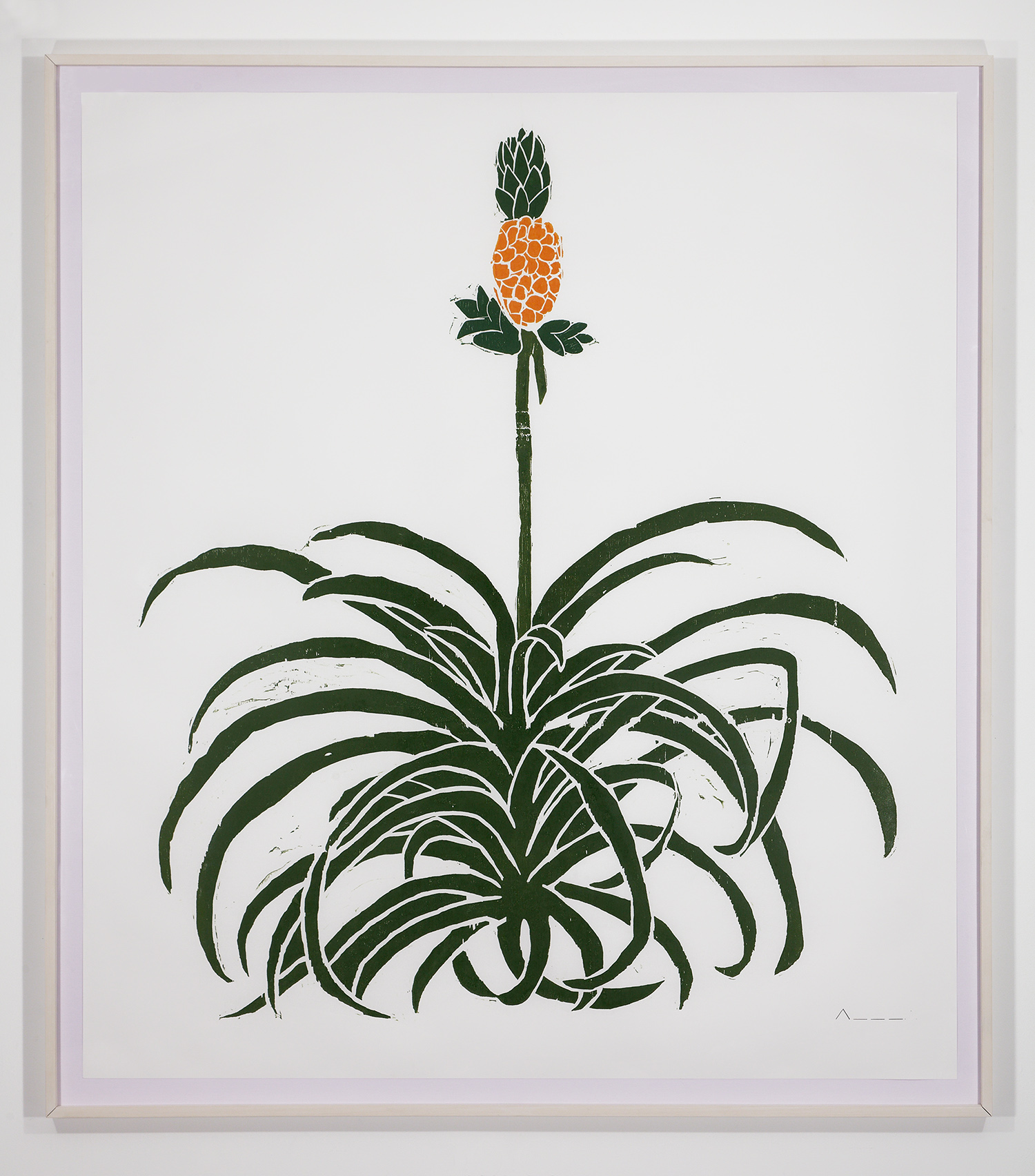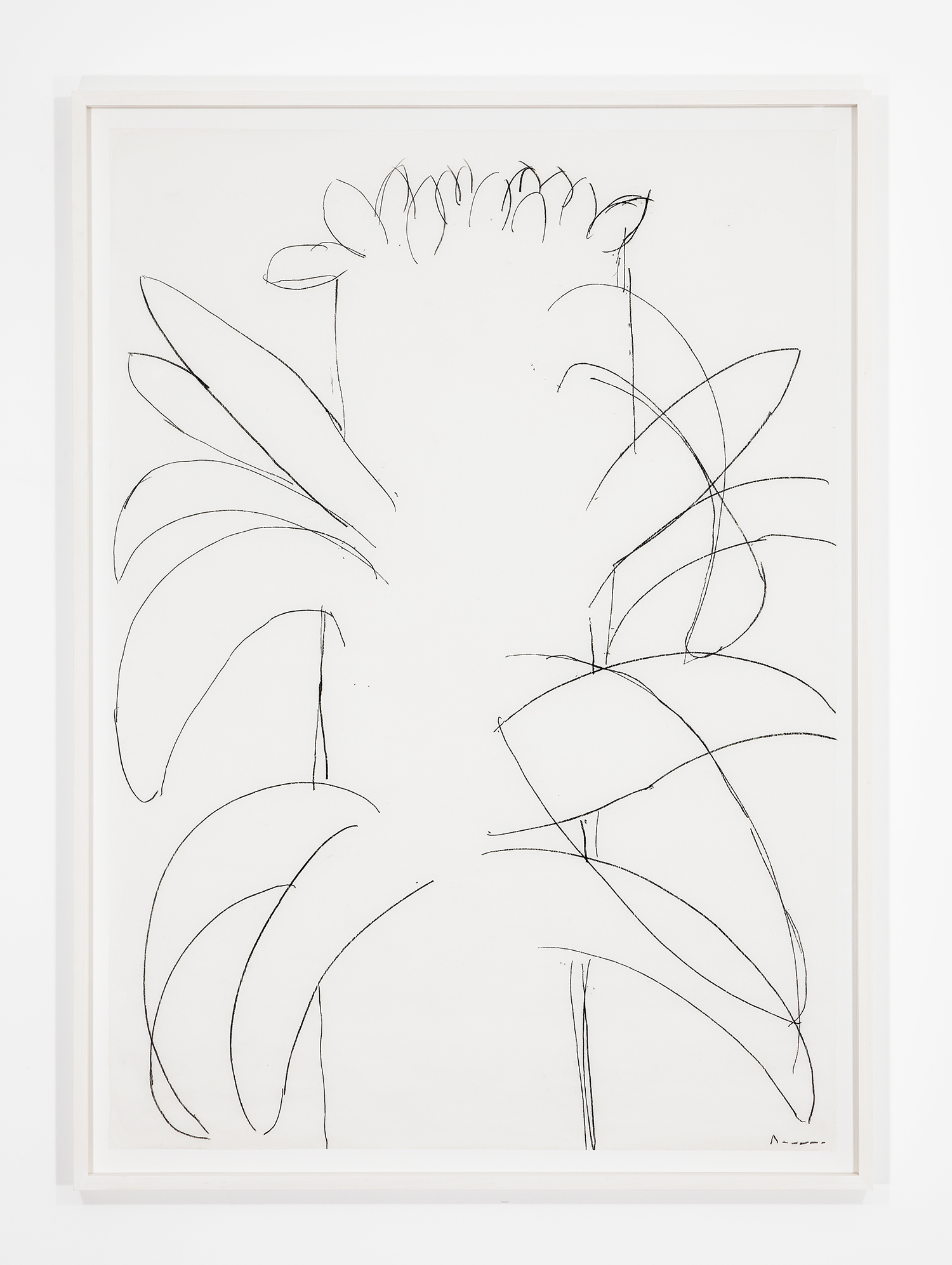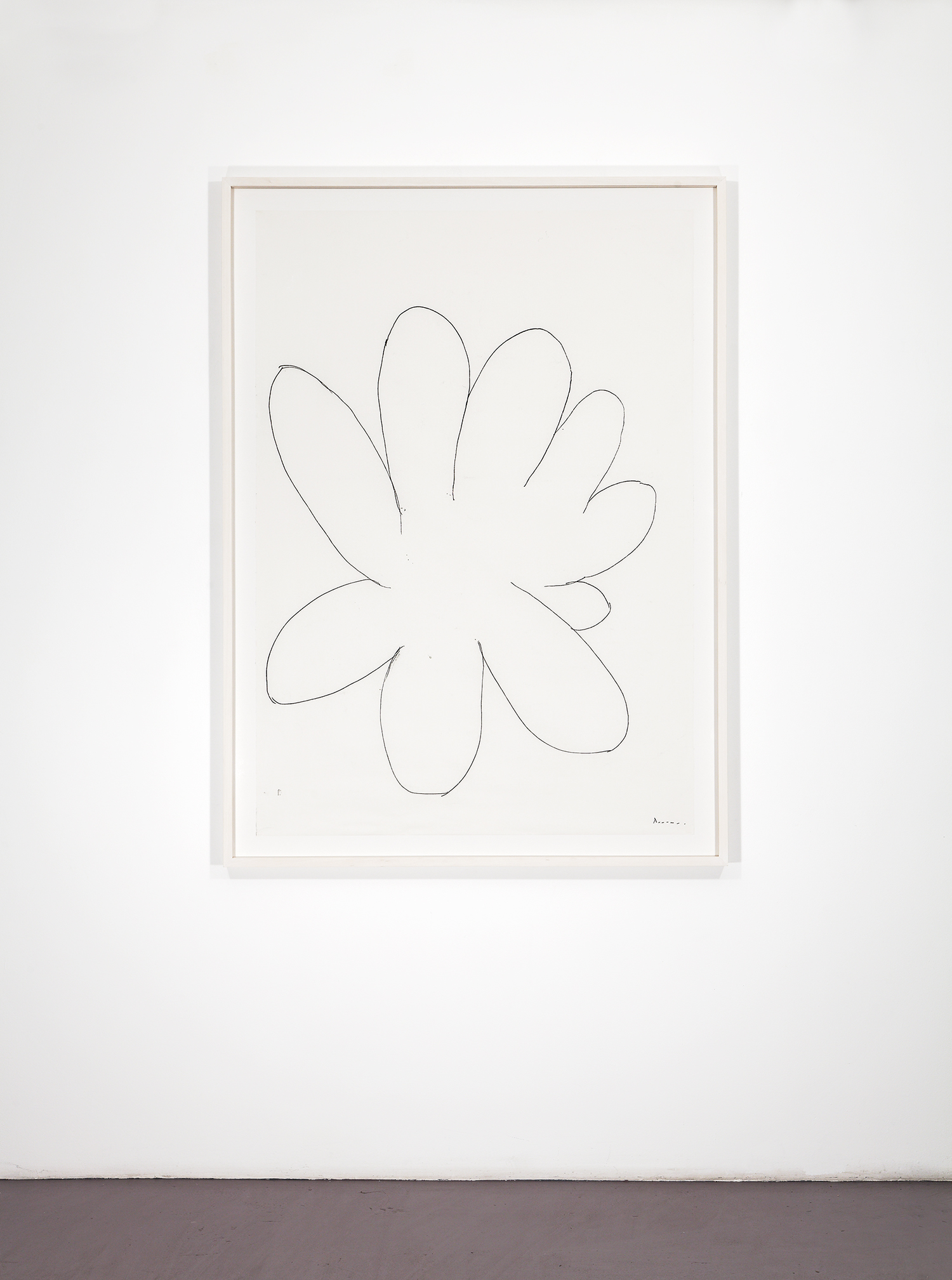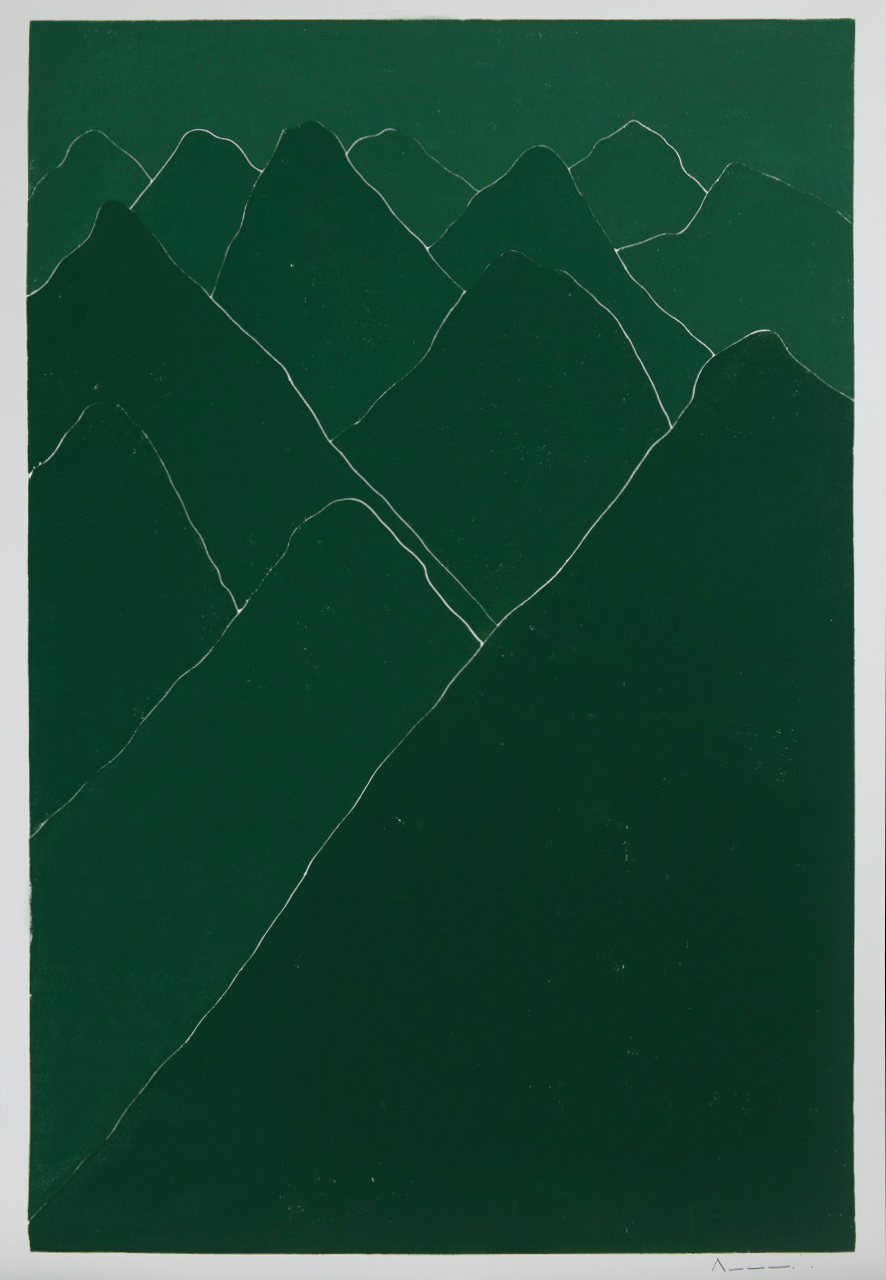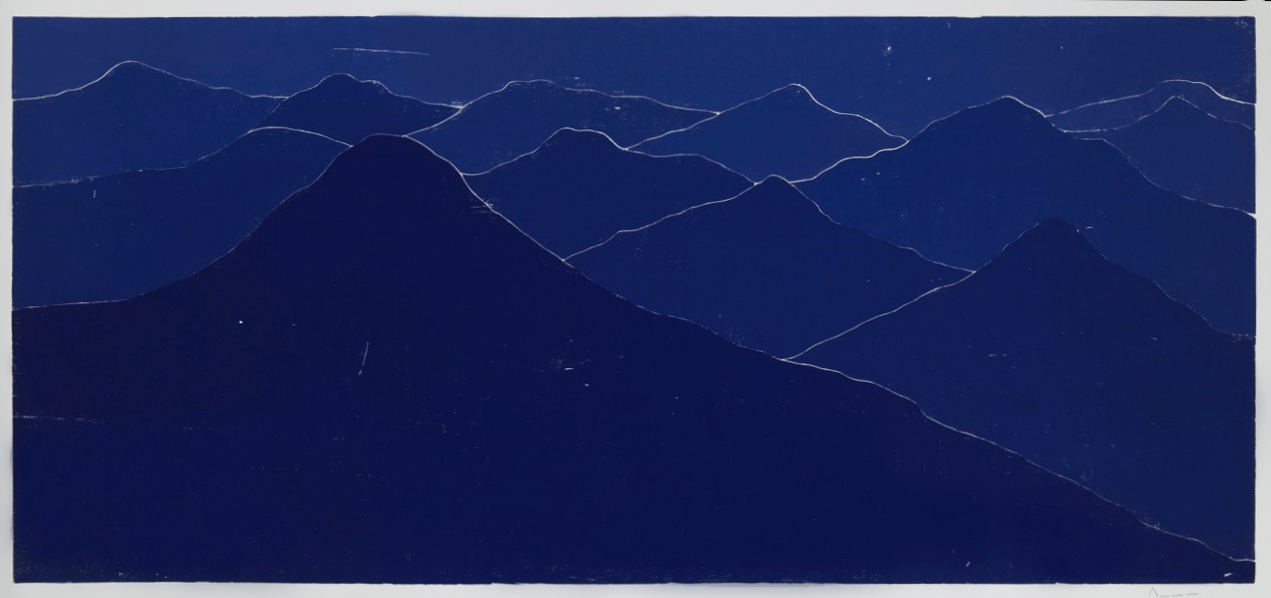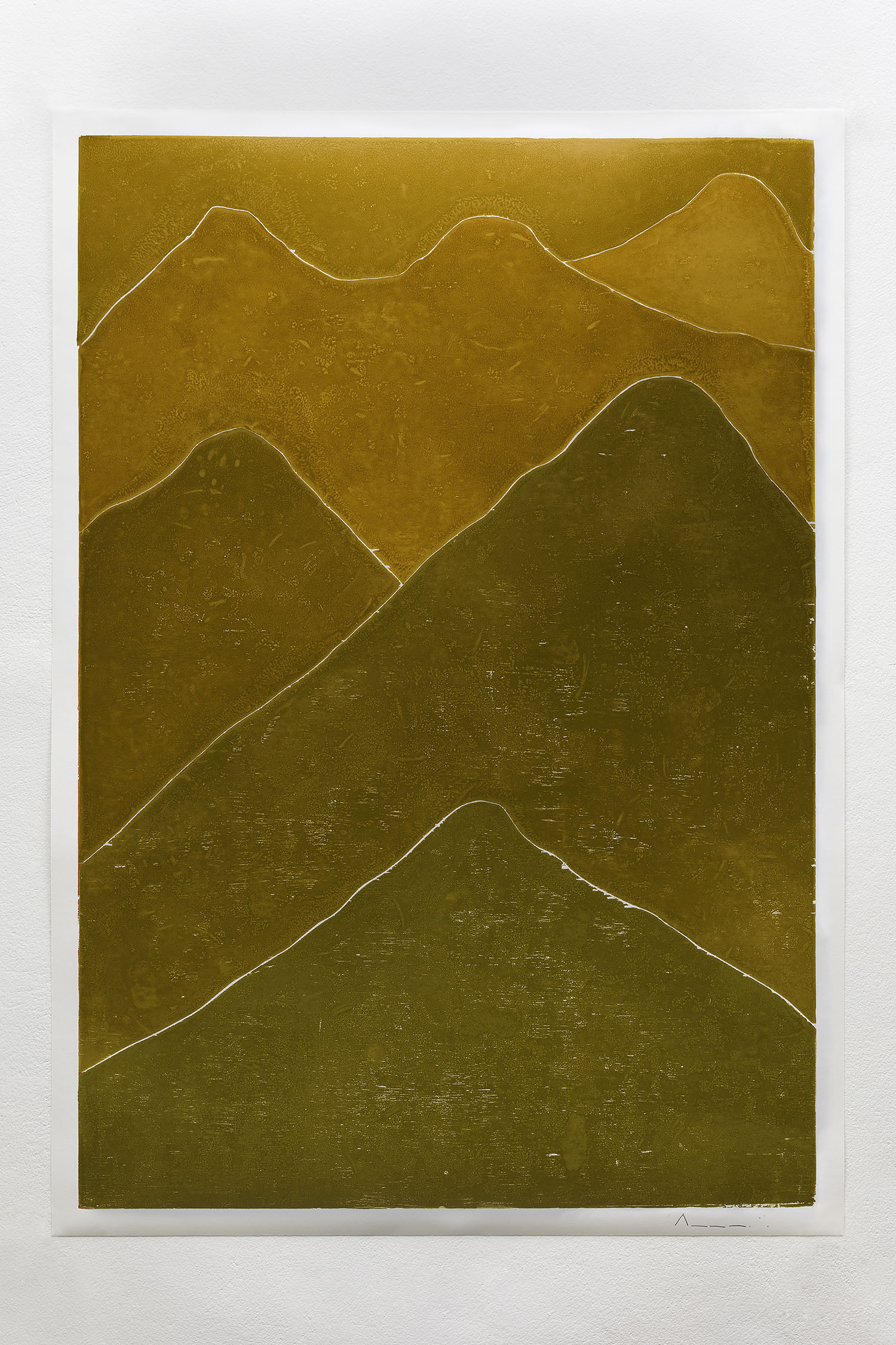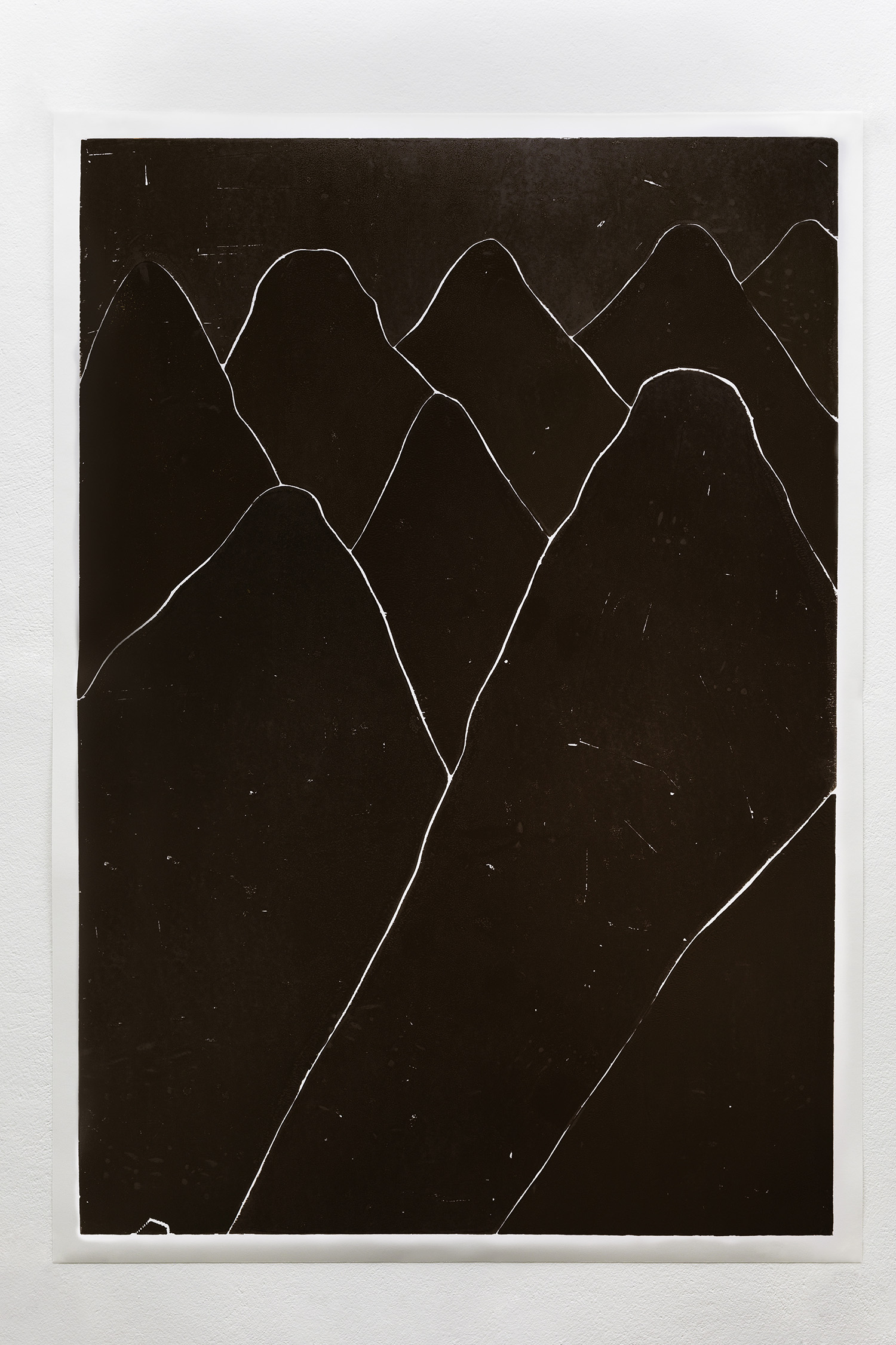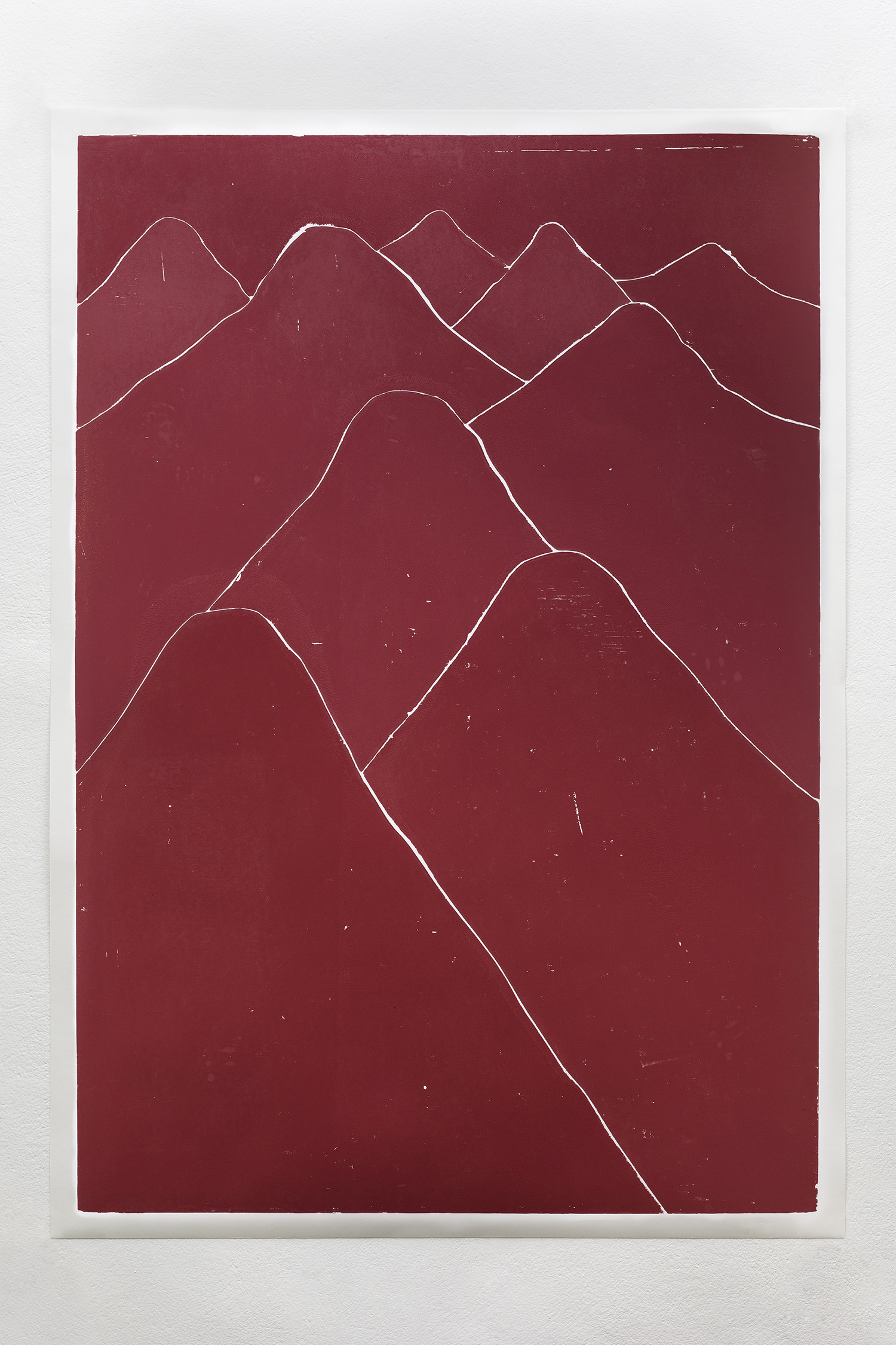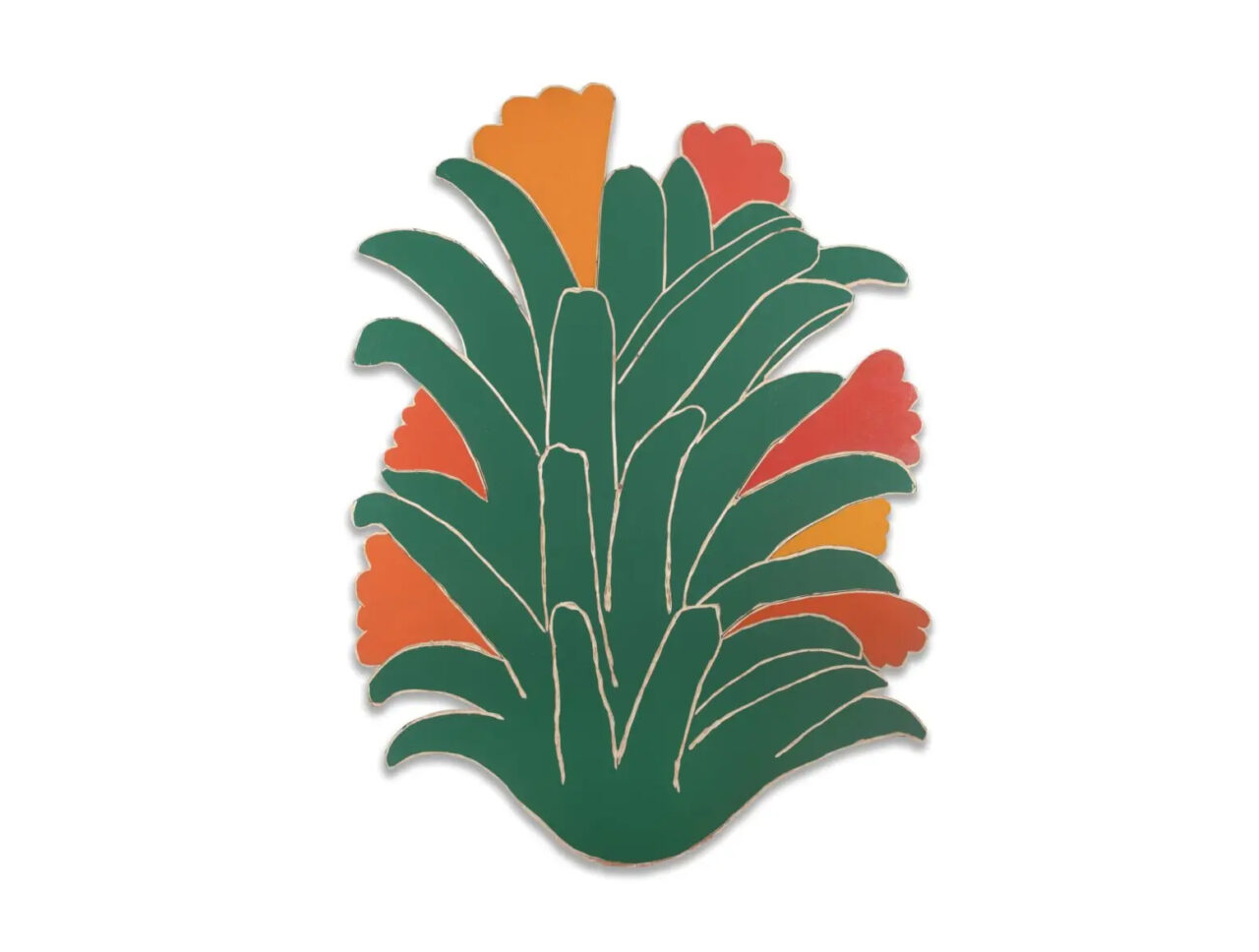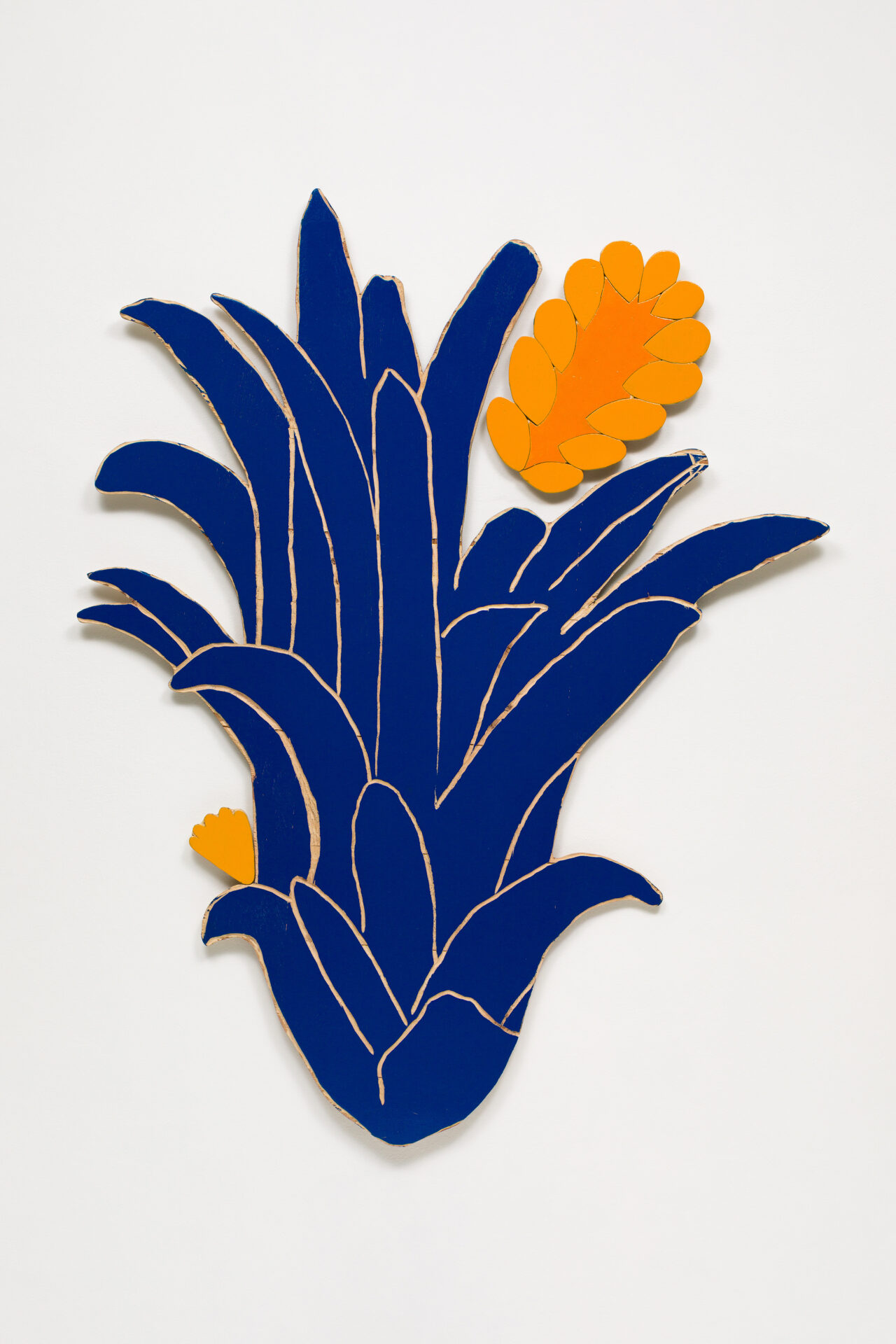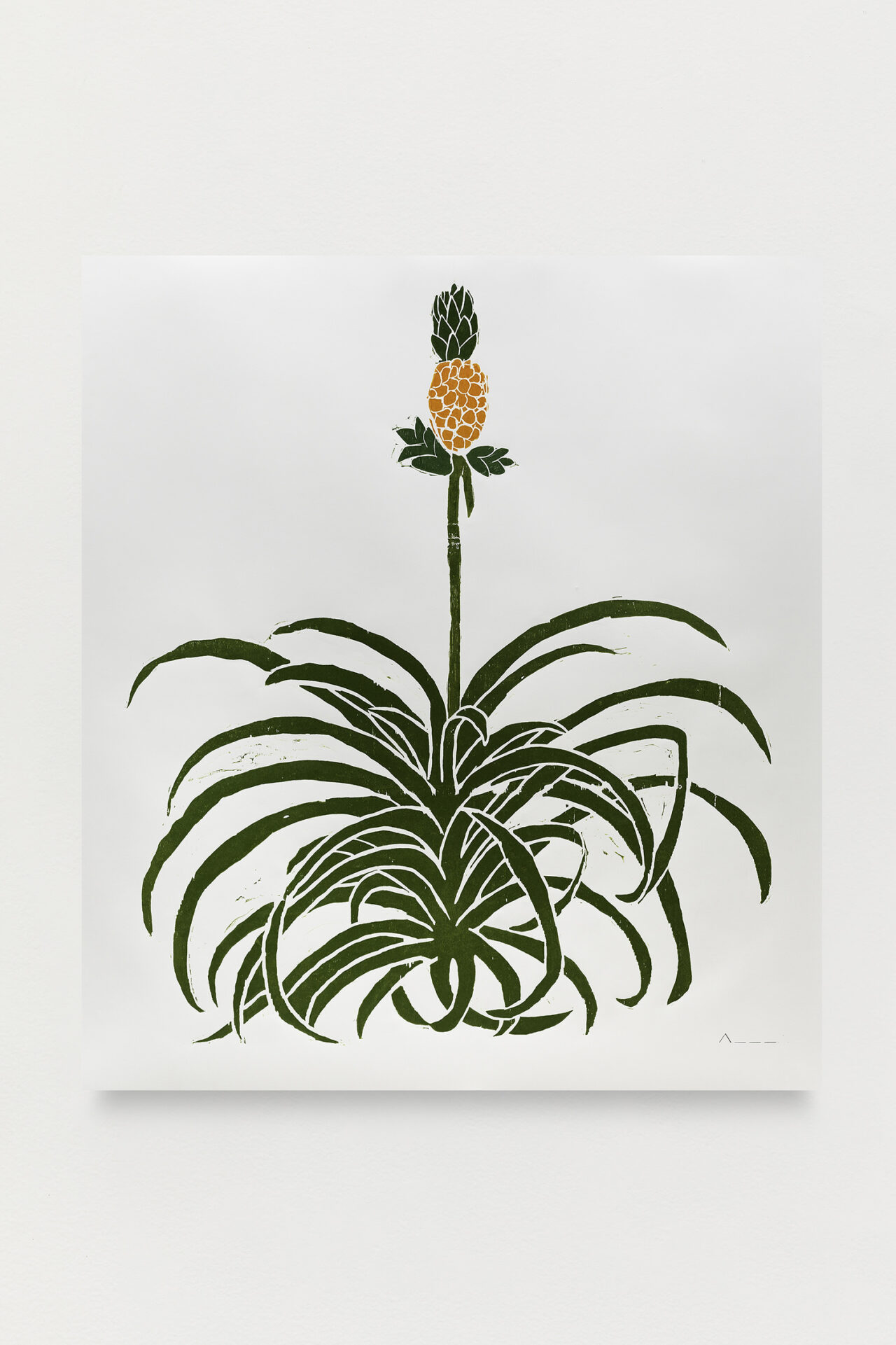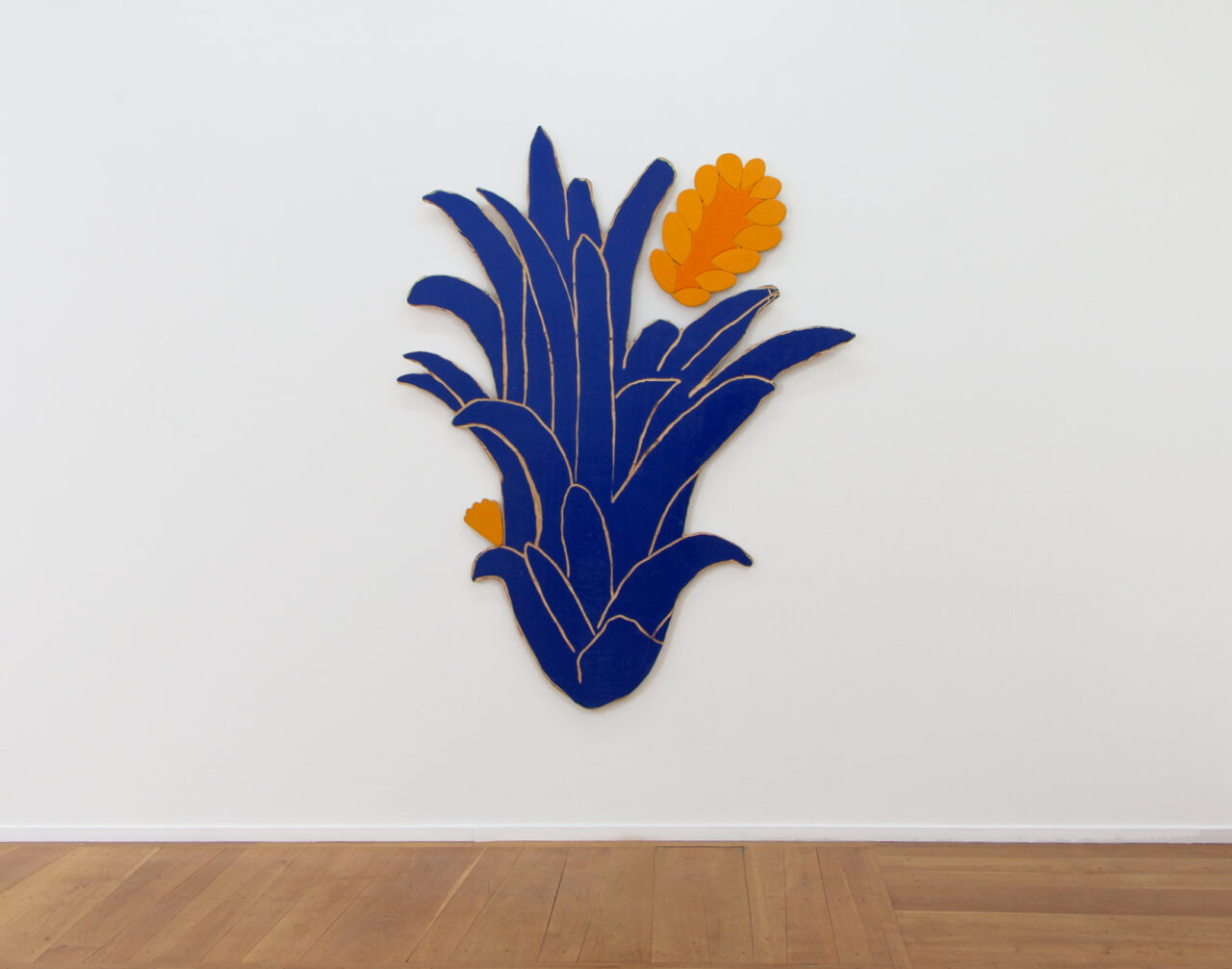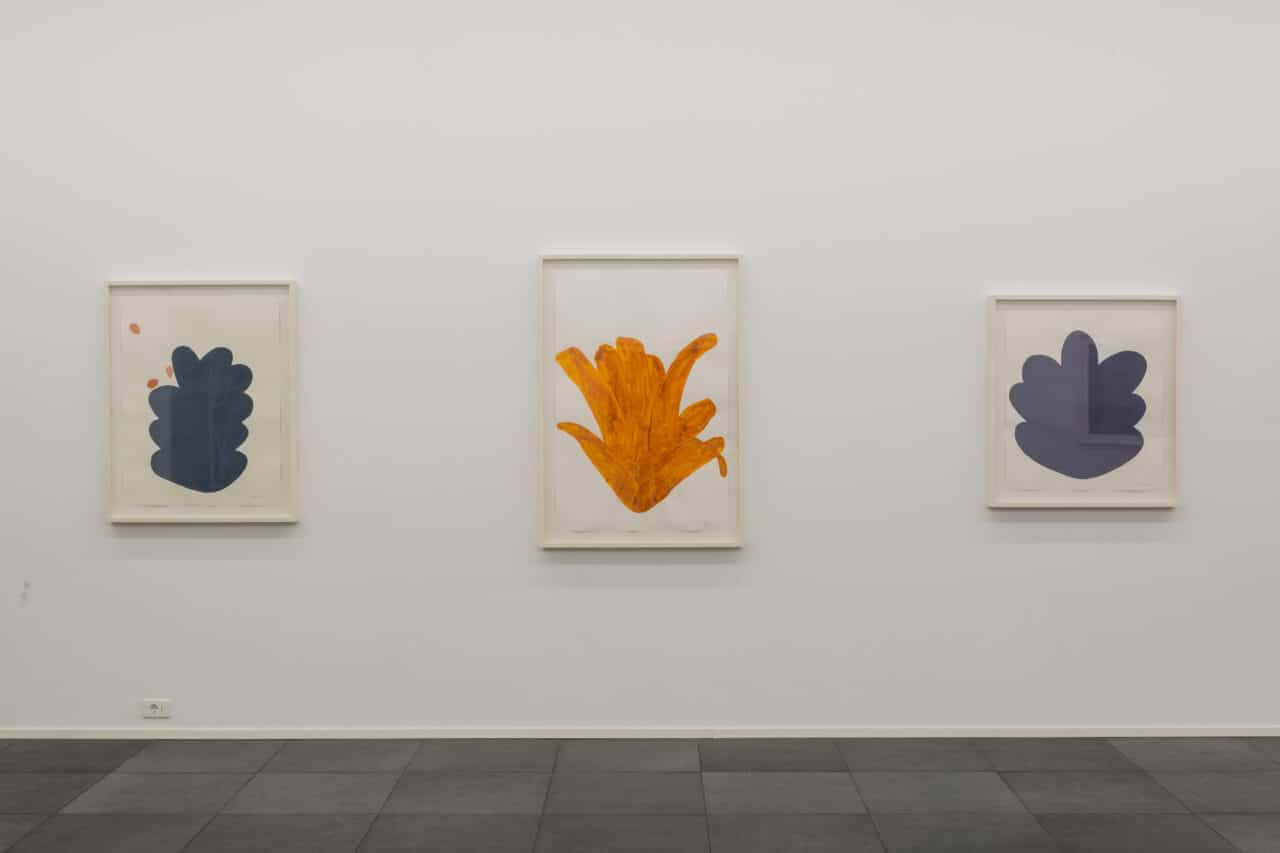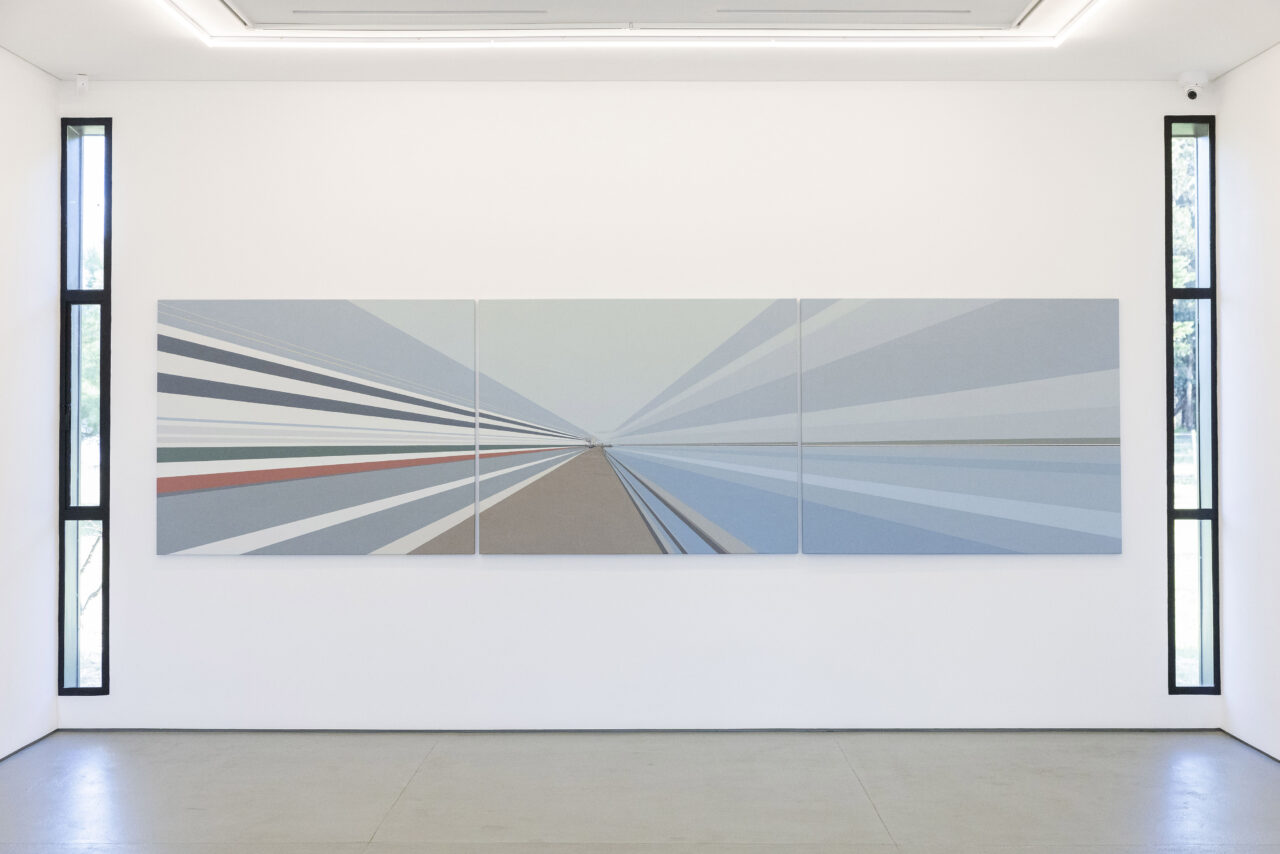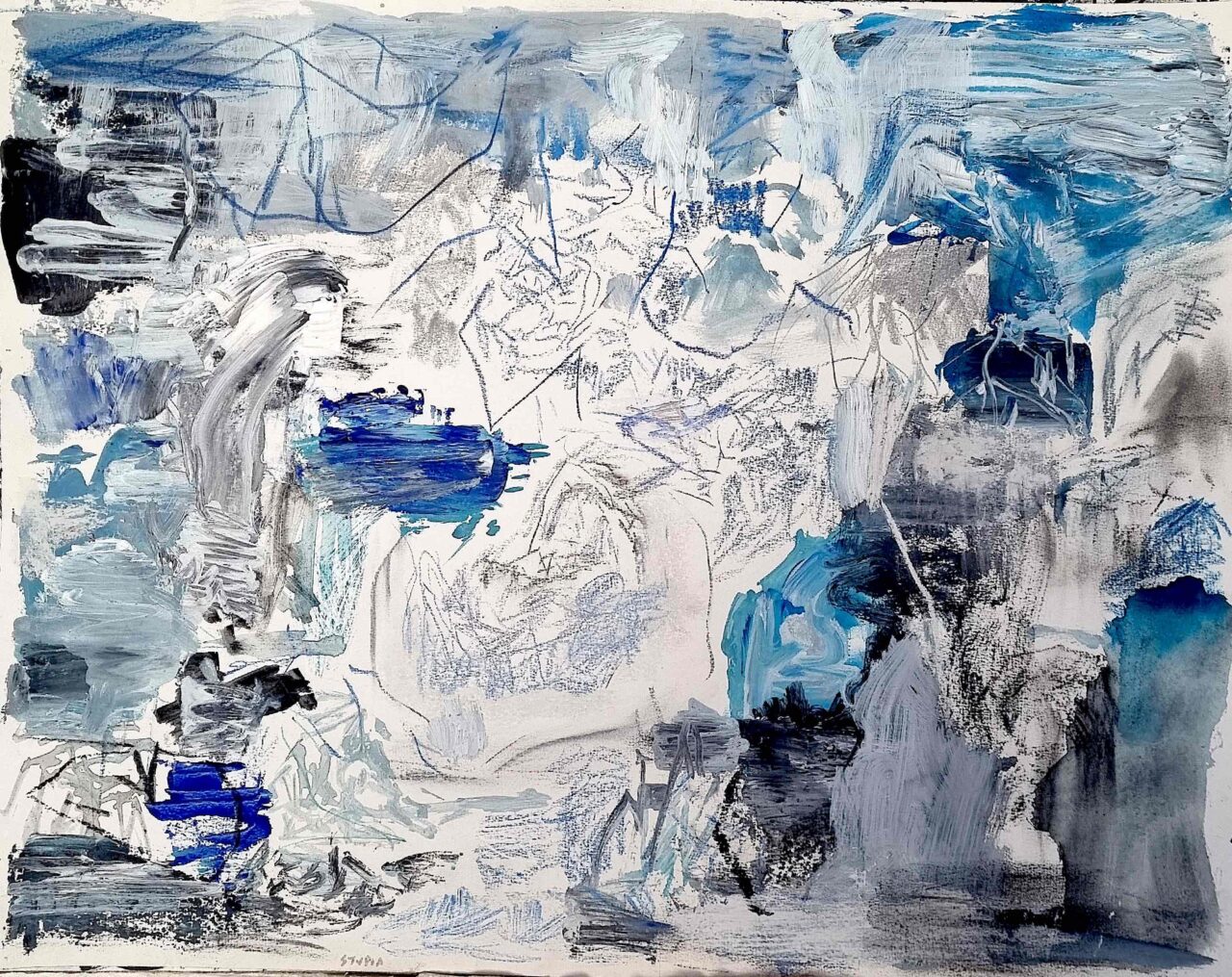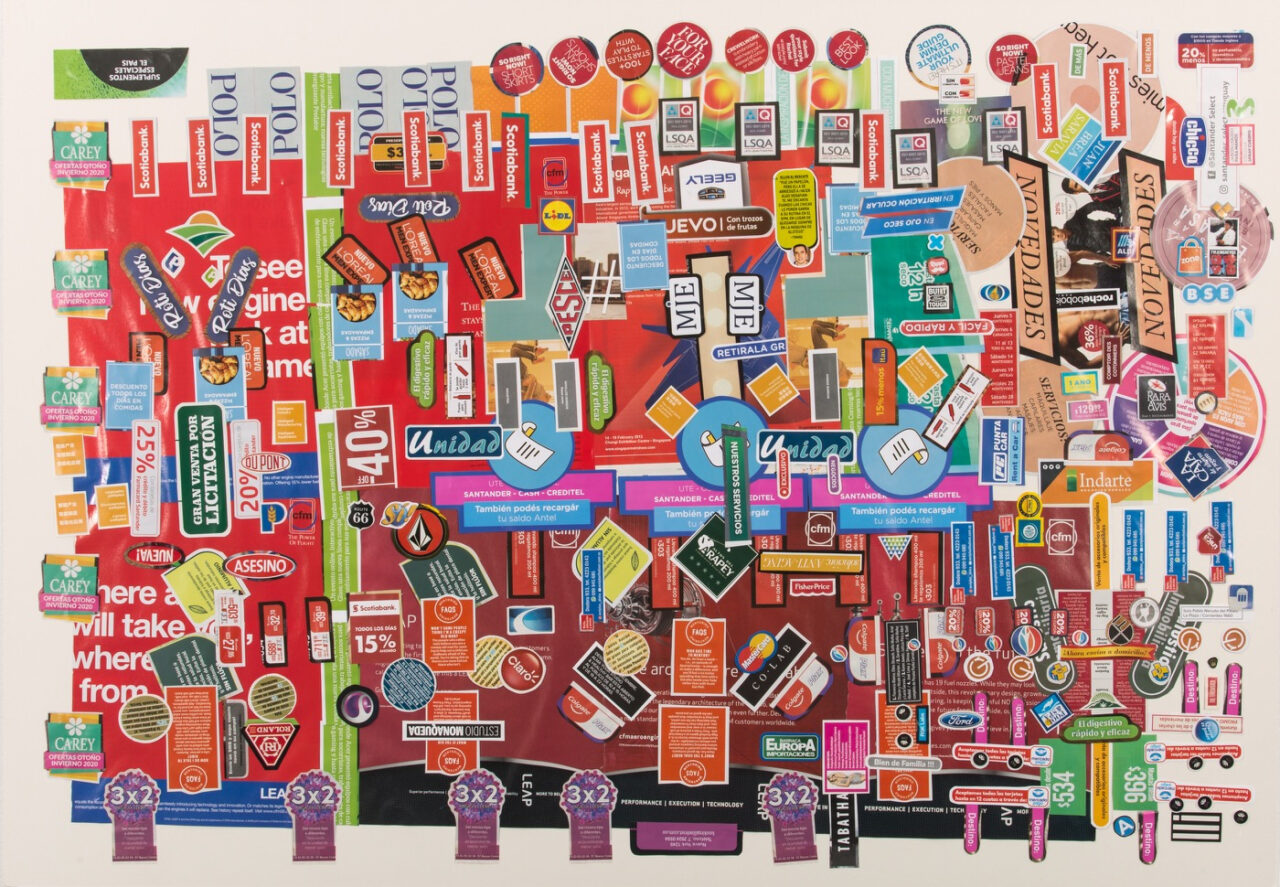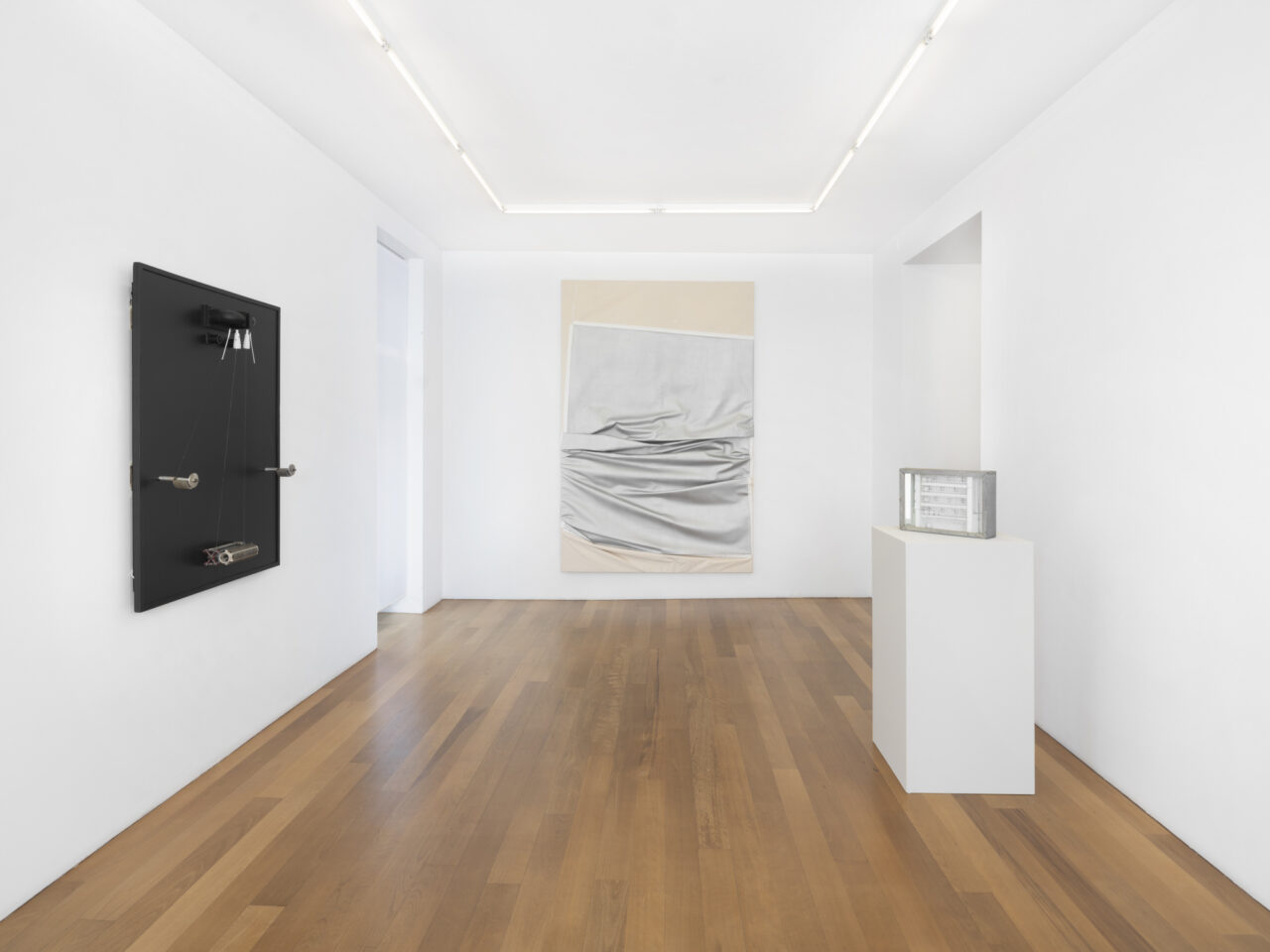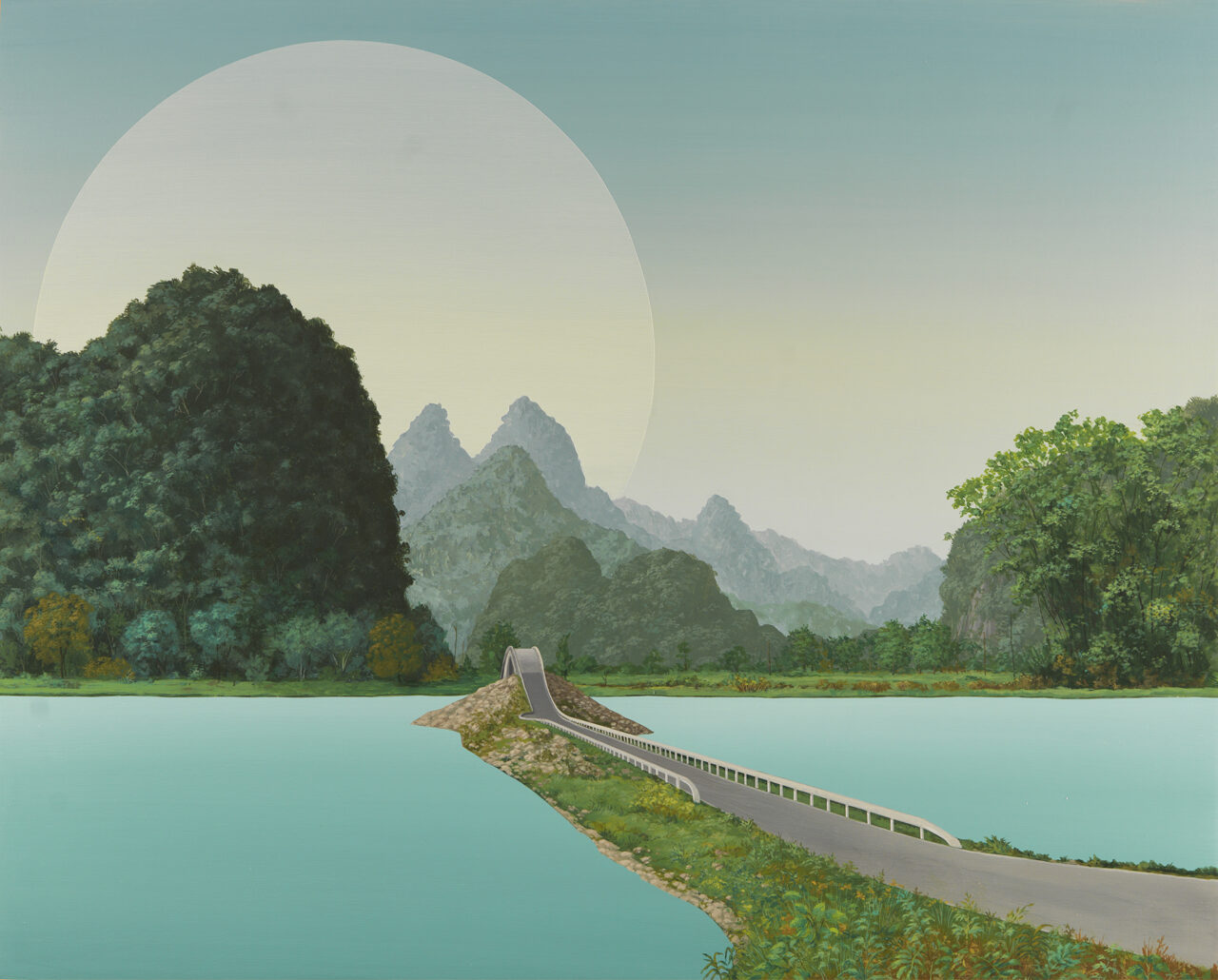Santídio Pereira
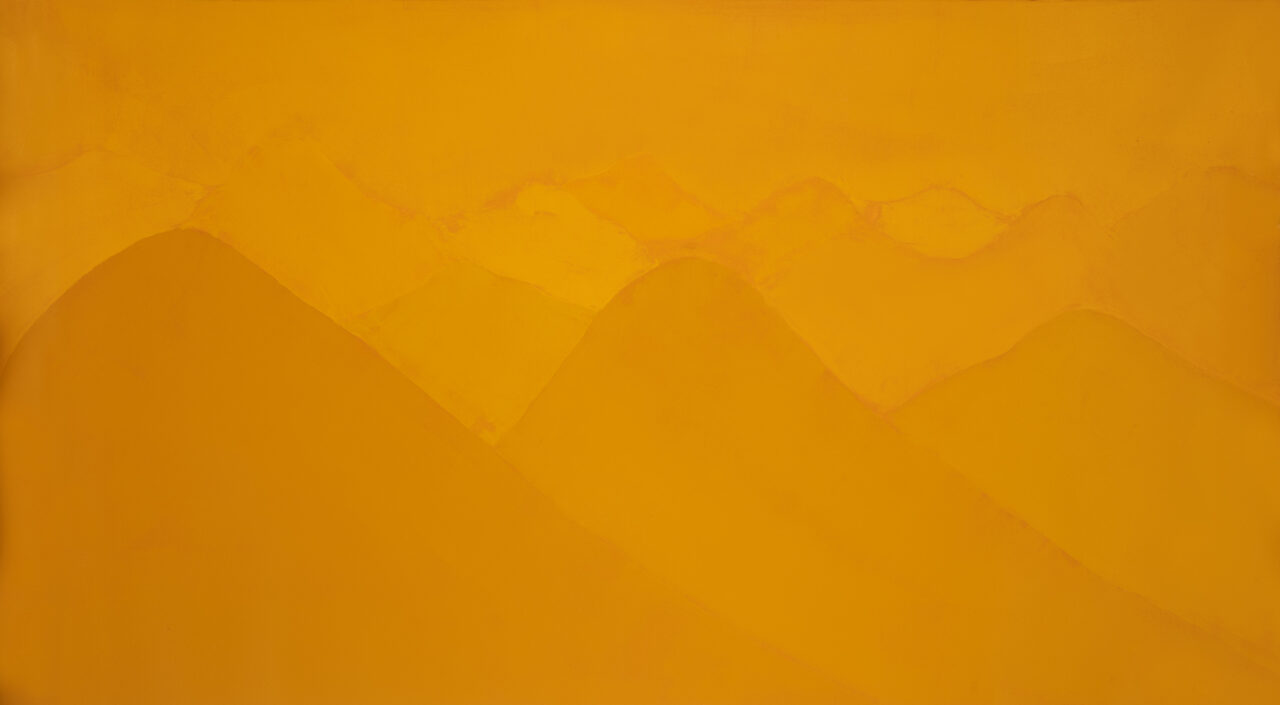
Santídio Pereira was born in 1996 in Curral Comprido, Estado do Piauí, Brazil. He lives and work in Sao Paulo.
Santídio Pereira’s work refers to his own memories and perceptions of nature of his home country. Alluding to its extremely rich vegetation, animal world and landscapes, it evokes a sensation of “grandeur of nature” and inevitably rises questions of the place and role of the human being in the environment.
Born in Curral Comprido, a small village in the northeast of Brazil, Santídio Pereira migrated to São Paulo as a child and soon joined Instituto Acaia, a private non-profit NGO that assists children and adolescents, where he also worked. It was at the age of eight, through the workshops at Ateliescola Acaia, that Santídio began his artistic practice. The images from personal memories, preserved since his childhood and referring both to his homeland and to his later experiences, serve today as guidelines in his work.
The woodcut technique is one of the artist’s main medium that he has developed in his own working method, “incision, cut and fitting” as he calls it, consisting of a combination of several cut out layers of wooden panels, intertwining in a jigsaw puzzle. Over time, he started making woodcut prints on paper and it became one of the main directions of Santídio’s practice, that has been guiding his artistic production up to today.
Santídio Pereira participated in numerous exhibitions at major Brazilian and international institutions such as Museum of Modern Art of São Paulo (MAM-SP); Pinacoteca do Estado de São Paulo; Fondation Cartier pour l’Art Contemporain, Paris; Power Station of Art in Shanghai; and recently Iberê Camargo Foundation in Porto Alegre, Brazil dedicated him a personal exhibition. His work is currently presented by the Fondation Cartier pour l’art contemporain at Triennale Milano, Italy.
His work is part of renown collections such as the Colección Patricia Phelps de Cisneros, New York, USA; SESC Art Collection, São Paulo; Pinacoteca of the State of São Paulo, Museu de Arte do Rio, Rio de Janeiro, Fondation Cartier pour l’art contemporain, Paris, France.
Works
-
![SPe023_27]()
Santídio Pereira
Object XI, 2023
Plywood painted with offset paint
152 x 148 x 1 cm -
![SPe023_30']()
Santídio Pereira
Object XIV, 2023
Plywood painted with offset paint
182 x 134 x 2 cm -
![SPe023_29']()
Santídio Pereira
Object XIII, 2023
Plywood painted with offset paint
186 x 132 x 2 cm -
![SPe023_28]()
Santídio Pereira
Object XII, 2023
Plywood painted with offset paint
116 x 130 x 2 cm -
![Santidio Pereira Xippas Paris 2023 7hq']()
Santídio Pereira
Object VII, 2023
Plywood painted with offset paint
203,5 x 160 x 2 cm -
![Id 7840 _ 115 x 76,5 cm photo ©João Liberato2 Grande]()
Santidio Pereira
Untitled, 2022
Gouache on Arches Paper 300g
115 x 76,5 cm
-
![Id 7838 _ 92 x 70 cm photo ©João Liberato2 Grande]()
Santidio Pereira
Untitled, 2022
Gouache on Arches Paper 300g
92 x 70 cm -
![SPe023_20]()
Santídio Pereira
Untitled, 2023
Woodcut print on cotton paper
166 x 175 x 6 cm (framed) -
![SPe023_10']()
Santídio Pereira
Untitled, 2022
Woodcut print on 100% cotton paper
170 x 125 x 6 cm (framed) -
![SPe023_21]()
Santídio Pereira
Untitled, 2023
Woodcut print on cotton paper
193 x 183 x 6 cm (framed) -
![SPe023_22']()
Santídio Pereira
Untitled, 2023
Woodcut print on cotton paper
210 x 187 x 6 cm (framed) -
![SPe023_31]()
Santídio Pereira
Untitled, 2019
Monotype on Kozo Japanese paper
151 x 110 x 5 cm (framed) -
![SPe023_26']()
Santídio Pereira
Untitled, 2019
Monotype on Wenzhou Chinese paper
151 x 110 x 5 cm (framed) -
![Id 7831 _ 172,5 x 118,5 cm photo ©João Liberato2 Grande]()
Santídio Pereira
Untitled, 2022
Woodcut print on Hahnemühle Paper 350g
172,5 x 118,5 cm -
![Id 7829 _ 108 x 228 cm photo ©João Liberato2 Grande]()
Santídio Pereira
Untitled, 2022
Woodcut print on Hahnemühle Paper 350g
108 x 228 cm -
![SPe023_17]()
Santídio Pereira
Untitled, 2023
Woodcut print on 100% cotton paper
168 x 117,5 cm -
![SPe023_19]()
Santídio Pereira
Untitled, 2023
Woodcut print on 100% cotton paper
168 x 117,5 cm
-
![SPe023_18]()
Santídio Pereira
Untitled, 2023
Woodcut print on 100% cotton paper
168 x 117,5 cm
